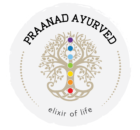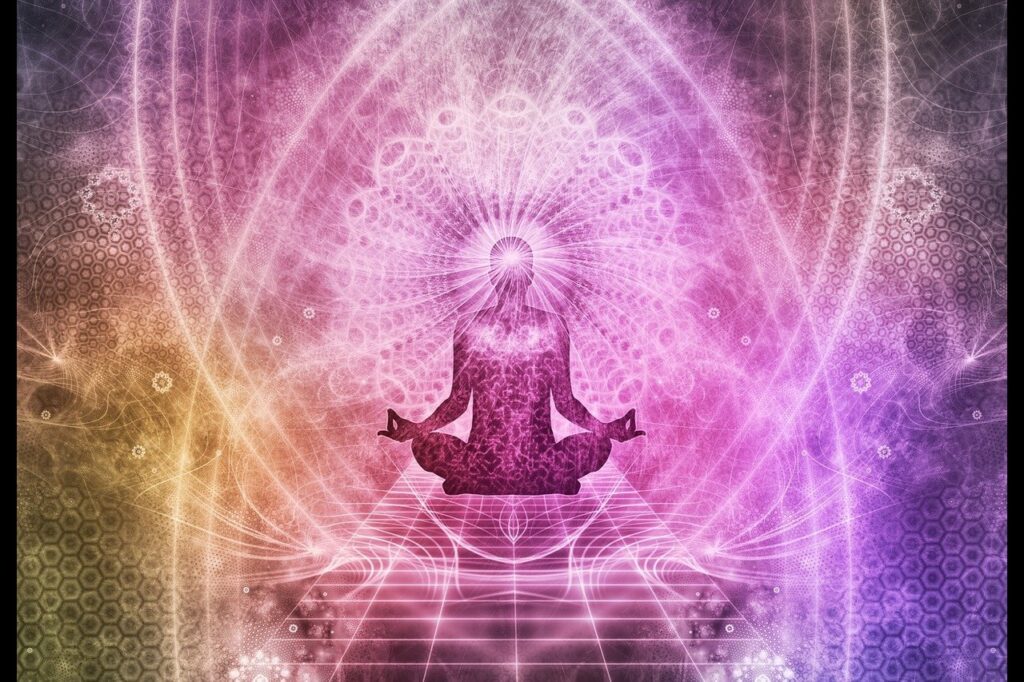Introduction Marma Chikitsa is a profound branch of Ayurveda that focusses on stimulating and protecting specific vital energy points, or marma, in the human body. Marma Chikitsa stimulates specific marma points to treat a wide range of physical, mental, and emotional conditions. These points serve as junctions where energy (prana) and physical elements meet, allowing for targeted healing. Marma Chikitsa, based on India’s millennia-old holistic medical traditions, is more than just a therapeutic practice; it is an integrative approach that brings the physical, mental, and spiritual realms into harmony. These points are regarded as critical junctions of life force energy (prana), tissues (dhatus), and consciousness. Marma therapy seeks to restore balance, alleviate symptoms, and increase overall vitality. Understanding Marma Points The term marma is derived from the Sanskrit root “mri,” which means “to kill” or “to inflict injury,” indicating the potential lethality or vitality embedded in these points. The Sushruta Samhita, one of Ayurveda’s founding texts, identifies 107 major marma points, which are classified according to their anatomical structure, location, and therapeutic significance. Some sources classify the navel (nabhi) as the 108th marma, representing the central energy hub. Marma points are classified according to: Location: Head, chest, abdomen, arms, and legs. Constituents: Muscles (mamsa), vessels (sira), ligaments (snayu), bones (asthi), and joints (sandhi). Size: Varying from the size of a sesame seed to the palm of the hand. Marma Points and Their Therapeutic Relevance: Classification by Tissue (Kalari) Mamsa Marma (muscle-based): 11 points.Talahridaya, for example, is the centre of the palm.Therapeutic Benefits: Promotes muscle health, increases circulation, and improves grip strength. Sira Marma (Vessel-based) has 41 points.For example, consider Hridaya (the heart region).Benefits: Regulates blood flow and treats cardiovascular problems. Snayu Marma (league-based): 27 points.Example: Kshipra (between the thumb and index finger).Benefits include decreased stiffness, increased flexibility, and reduced joint pain. Asthi Marma (bone-based): eight points.Example: Manya (sides of the neck).Benefits: Improves bone health and relieves neck pain. Sandhi Marma (Joint): 20 points.Example: Koorpara (elbow joint).Benefits: Improves joint mobility and alleviates arthritis. Classification by Vitality (Parinama) Sadhya Pranhara is fatal if injured (e.g., Hridaya). Kalantara Pranhara is fatal if damaged over time (for example, Shankha near temples). Vishalyaghna is critical when pierced (e.g., Guda, perineal region). When harmed, Vaikalyakara causes deformity or disability (for example, Kakshadhara in the shoulder). Rujakara causes severe pain but is not life-threatening. Therapeutic Applications of Marma Therapy 1. Pain Management Practitioners relieve headaches, back pain, joint stiffness, and migraines by activating specific marma points, which open blocked energy channels (nadis) and release endorphins. For example, stimulating Kshipra helps to relieve wrist and finger pain.Stress and Emotional Wellbeing. 2. Marma therapy treats psychosomatic disorders by relaxing the mind and increasing mental clarity. For example, activating Shankha (temples) helps to reduce anxiety and promote relaxation. 3. Improves circulation and detoxification Manipulating Hridaya (heart region) marma improves cardiac function, whereas abdominal marma such as Nabhi aids digestion and detoxification. 4. Rejuvenation and Vitality Regular activation of the Adhipati (crown of the head) marma promotes hormonal balance and increases overall energy levels. 5. Neurological Benefits Points like Manya are used to treat neurological conditions like paralysis, tremors, and insomnia. 6. Wound Healing and Post-surgical Care Marma Chikitsa promotes healing by increasing cellular regeneration and reducing scar tissue formation. Techniques Used in Marma Chikitsa Touch TherapyTo stimulate energy flow, gentle pressure is applied with fingertips, thumbs, or palms. Herbal ApplicationsSpecific herbs, oils, or pastes are applied to marma points to enhance their therapeutic effects. For example, Kumkumadi Taila can be used to rejuvenate the skin through facial marma points. Pranic Healing involves subtle energy manipulation without physical contact to balance prana around marma points. AromatherapyEssential oils are used to stimulate olfactory marma points and relax the nervous system. Yoga & PranayamaCertain asanas and breathing techniques stimulate marma points, which increases their effectiveness. Cautions and Contraindications Excessive pressure should be avoided because it can harm or damage vital organs. Acute infections, open wounds, and severe systemic disorders are all contraindicated. Marma Chikitsa should only be performed by trained professionals for safety reasons. Therapeutic Uses of Marma Points in Various Diseases 1. Marma Points for Neurological Disorders Adhipati (Crown of the Head) Location: Top of the head. Uses: Enhances mental clarity and concentration. Treats insomnia, stress, and anxiety. Useful in neurological disorders like epilepsy and migraines. Shankha (Temples) Location: On either side of the forehead, near the temples. Uses: Relieves migraines, tension headaches, and vertigo. Reduces stress and anxiety. Sthapani (Between the Eyebrows) Location: Forehead, between the eyebrows. Uses: Alleviates headaches and sinusitis. Improves focus and calms the mind, aiding in meditation. Manya (Sides of the Neck) Location: Along the sides of the neck. Uses: Relieves cervical spondylosis and neck stiffness. Enhances blood flow to the brain, improving cognitive functions. 2. Marma Points for Cardiovascular Health Hridaya (Heart Region) Location: Center of the chest. Uses: Improves heart health and regulates blood pressure. Treats anxiety and emotional stress. Enhances circulation and strengthens cardiac muscles. Talahridaya (Center of the Palm) Location: Middle of the palm. Uses: Balances heart energy and improves circulation in the upper extremities. Treats palpitations and fatigue. 3. Marma Points for Respiratory Disorders Phana (Nostrils) Location: Near the nostrils. Uses: Clears nasal congestion and relieves sinusitis. Supports breathing in asthma and chronic bronchitis. Stana Rohita (Over the Ribs) Location: Near the sides of the chest. Uses: Improves lung function and alleviates chest tightness. Useful in respiratory conditions like asthma and bronchitis. 4. Marma Points for Digestive Disorders Nabhi (Navel) Location: Center of the abdomen, around the navel. Uses: Stimulates digestion and addresses issues like indigestion, bloating, and constipation. Balances abdominal energy and supports metabolic processes. Apastambha (Sides of the Abdomen) Location: On either side of the abdomen. Uses: Relieves abdominal pain and aids in detoxification. Treats irritable bowel




